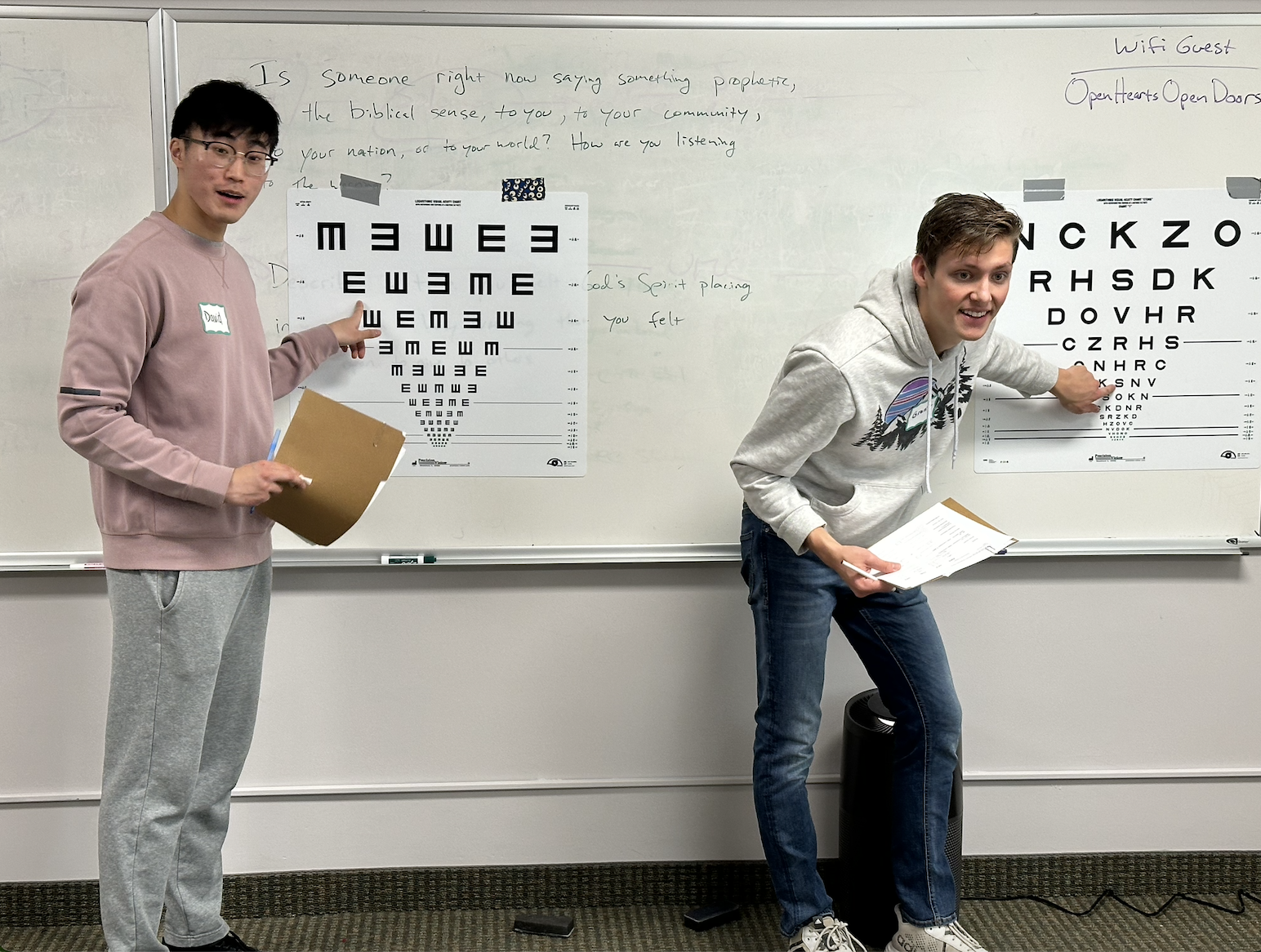Making human to human connections
Making human-to-human connections
Network member spotlight: Zumbro Valley Medical Society Foundation Street Medicine Program
View the full May newsletter: Minnesota Health Equity Networks May Newsletter
Three years ago, Zumbro Valley Medical Society (ZVMS) started a Street Medicine program. This program brings together physicians, medical students, community partners, and individuals with lived experience to identify and create effective ways to improve health care for people experiencing homelessness in Olmsted County.
We need to adapt to people and their circumstances rather than expect people to adapt to us.” – Beth Kangas, Executive Director, ZVMS
During “street rounds,” a physician and medical student join a county social worker to visit people living in encampments, under bridges, and on street corners to identify the medical and social services they need.

Collin’s story shows how street rounds can go beyond health care for the people it serves. A year ago, Collin fell off a bridge and injured his head and knee. His choices were to go to the emergency department or return home, which at the time consisted of two shopping carts and a blanket. He opted for home. The next day, the street medicine team visited him, examined him, and gave him bandages and pain relief. Two months later, he attended a one-day community meeting that ZVMS Street Medicine was holding to learn about people’s experiences with medical care. Since then, Collin has helped ZVMS Street Medicine design and facilitate projects. Soon, Collin will have an apartment of his own and will continue to collaborate with ZVMS Street Medicine as it moves forward. His lived experience and knowledge about housing insecurity make him a valued team member.
ZVMS Street Medicine takes a three-pronged approach to addressing health inequities:
- Provide direct care to people in their own environments through street rounds and community clinics;
- Train the medical community to provide high-quality, compassionate healthcare outside of traditional clinical settings;
- Advocate for changes in systems and processes that affect the healthcare that people receive.
Community clinics begin with concentrated one-day events, such as a foot care clinic. The skills and supplies are then dispersed to smaller drop-in clinics at additional locations, such as weekly foot soaks at Dorothy Day Hospitality House. ZVMS Street Medicine also held two eye care clinics in 2023 that served close to 250 people, along with a dermatology clinic in April of 2024. Another eye care clinic is planned for June of 2024.
“This kind of work helps avoid physician burnout. They can prioritize everyone’s humanity more than a system.” – Beth Kangas
ZVMS Street Medicine also offers a Street Medicine optional elective for first-year medical students at Mayo Clinic Alix School of Medicine (MCASOM). Two-thirds of the current first-year class of future physicians participated this year. In addition, Street Medicine content has been added to the MCASOM curriculum.
ZVMS Street Medicine is currently implementing two other programs. One aims to improve the medical discharge process for patients experiencing homelessness. The second project draws on people with lived experience of homelessness and hospitalization to create guidelines for the development of recuperative care (also known as “medical respite”) in Olmsted County. The project will serve unhoused patients who are discharged to “home,” but need a place other than a tent or overnight shelter to heal.
“We put a lot of work into educating people, reducing stigma, and making human-to-human connections. In this way, we can address stereotypes and work together to find solutions.” – Beth Kangas

Thank you for your contribution!
Help us reach out to more people in the community
Share this with family and friends